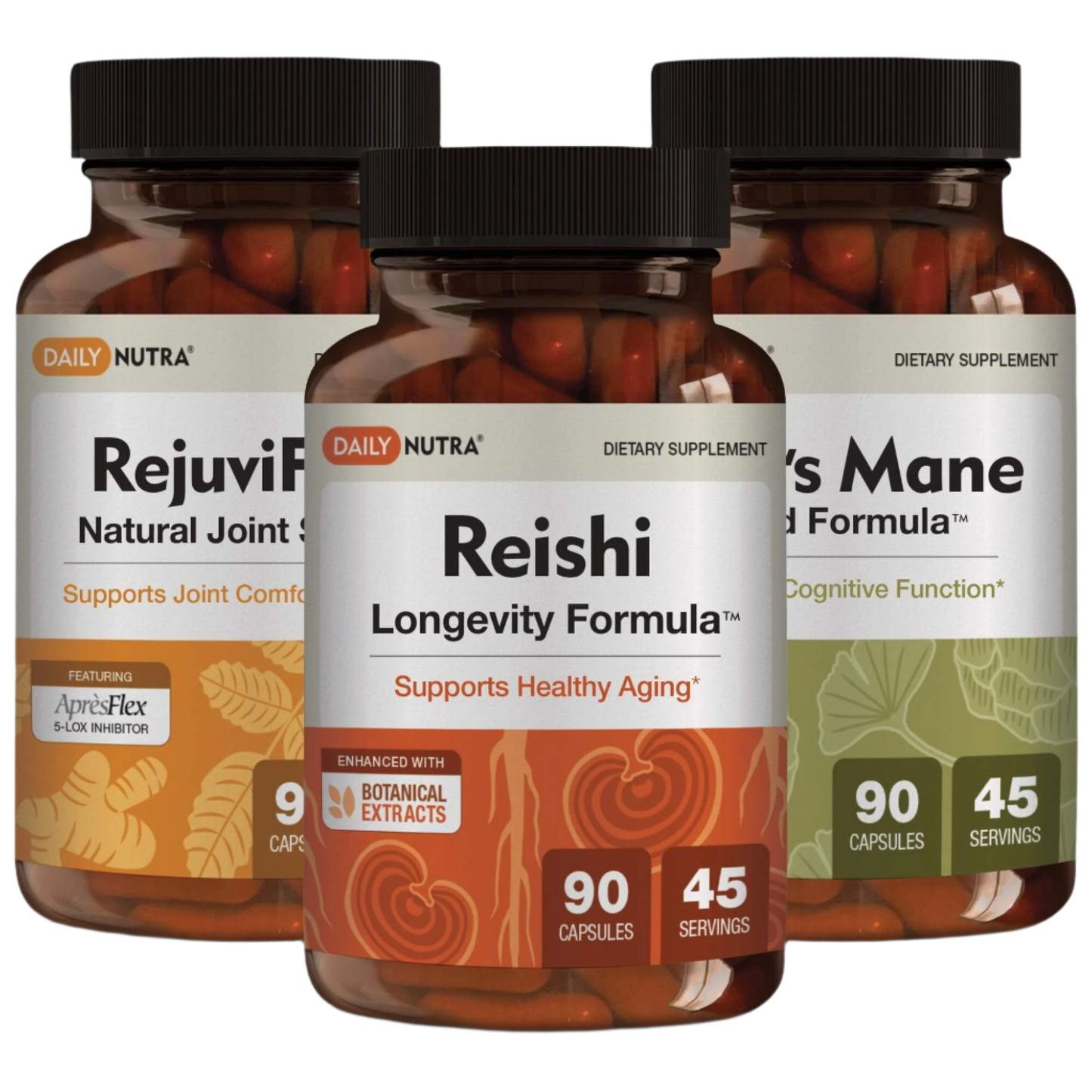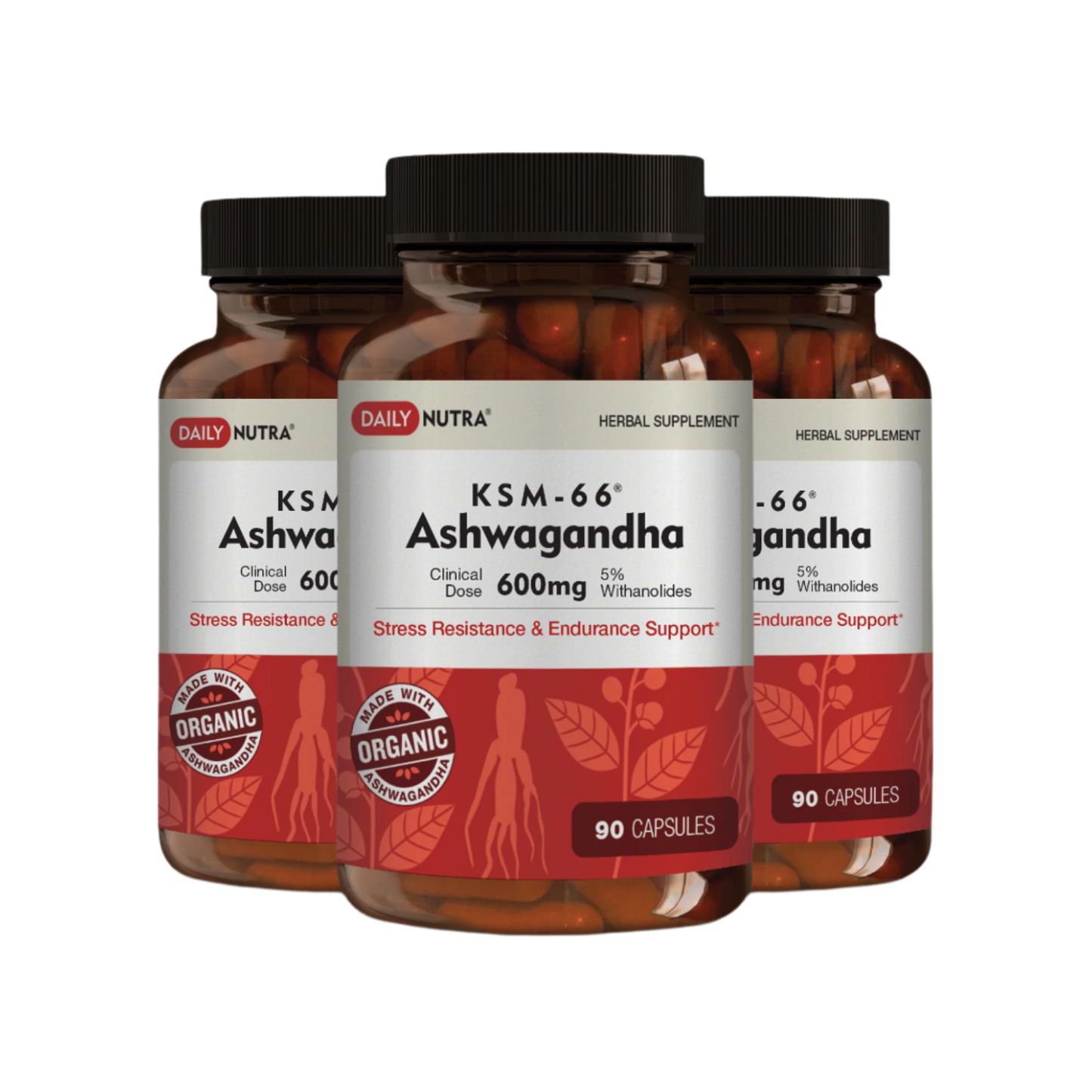Abstract Summary
Objective
This research aims to investigate the health-promoting effects of ashwagandha, especially its adaptogenic role in managing stress, promoting sleep, boosting testosterone, and supporting brain function. The study also addresses secondary attributes such as sensory perception and sustainability in farming practices.
Context
Ashwagandha is an ancient medicinal herb categorized as an adaptogen — a natural substance believed to help the body resist stressors. Traditionally used in Ayurveda, its roots and leaves contain biologically active compounds like withanolides that contribute to its wide-ranging therapeutic effects. The modern surge in its popularity is driven by increased demand for natural remedies to combat stress, fatigue, and mental health concerns. However, comprehensive analyses that synthesize its full physiological and ecological profile are limited.
Methods Used
Approach
This study conducts a systematic review of clinical and preclinical literature on the effects of ashwagandha. Primary attention is given to peer-reviewed studies published from 2015 to 2024 evaluating biomarkers, subjective measures (like anxiety and sleep), and hormonal impacts. Sustainability and taste profile insights are also synthesized from ethnobotanical sources.
Data Collection
Health Effects: Data were extracted from randomized controlled trials (RCTs), meta-analyses, and preclinical studies available on PubMed, Scopus, and ScienceDirect.
Sensory and Taste: Ethnopharmacological texts and herbal compendiums were reviewed for taste profiles and organoleptic descriptions.
Sustainability: Data on cultivation practices and environmental impacts were gathered from agricultural science journals and ecological impact assessments.
Researchers' Summary of Findings
Impact on Health
Stress & Anxiety: Multiple RCTs show that ashwagandha significantly reduces cortisol levels and improves perceived stress scores. In one study, 240 mg/day for 8 weeks led to 41% lower stress ratings and a 23% decrease in serum cortisol levels
Sleep Quality
Studies indicate enhanced sleep latency and duration, with GABA-mimetic activity proposed as a mechanism of action
Testosterone & Strength
In healthy men, supplementation increased serum testosterone by 15–20% and improved muscular strength and recovery during resistance training
Cognitive Function
Ashwagandha supports neurogenesis and may reduce symptoms of mild cognitive impairment and ADHD. One 12-week trial showed improvements in memory and attention metrics.
Health Implications
The adaptogenic, anti-inflammatory, and neuroprotective effects of ashwagandha make it suitable for use in managing modern lifestyle-related health conditions. It is particularly promising for individuals dealing with chronic stress, poor sleep, and declining hormonal health. Its impact on the HPA axis and neuroendocrine balance supports its use across multiple domains of wellness.
Sustainability
Ashwagandha is primarily cultivated in India, with Rajasthan and Madhya Pradesh being the largest producers. It is a drought-resistant crop that requires minimal water and thrives in poor soils, making it relatively sustainable. However, rising global demand has led to issues with monocropping and potential overharvesting in wild populations. Certified organic and regenerative cultivation methods are being promoted to mitigate these effects.
Sensory Properties
Ashwagandha root has a strong, bitter, and earthy taste, with some describing it as pungent and musky. It is typically consumed in powdered form mixed into milk or honey to improve palatability. These strong flavor notes may limit its standalone consumption and encourage formulation into capsules, teas, or adaptogenic blends with flavor masking.
DOI
10.1016/j.jep.2023.116157





